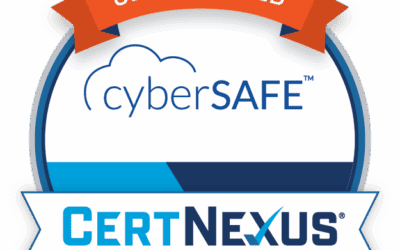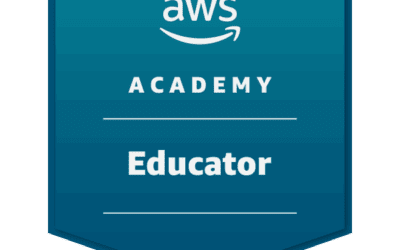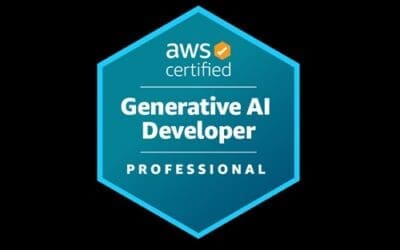Organizational Styles of Learning
One of the challenges of workplace learning is that organizations have wildly different approaches to what learning is. While a proper study would likely prove valuable, I’ve been able to make a few casual observations in my many years in the industry. The model that any particular organization follows seems to stem from its line of business. Organizations born in Silicon Valley-esque tech tend to follow a technical skilling model while older, more traditional organizations follow an HR model. While certainly not comprehensive, here are a few of the broad-stroke styles I’ve observed over the years.
The Four Approaches
HR-based Learning and Development
These organizations tend to be older and more traditionally structured. In these organizations learning tends to be very skilling/reskilling focused and driven from the human resources department. The job titles here tend to be “learning and development” or L&D. The thinking here tends to be focused around the organizational effectiveness literature and is highly structured using waterfall methodology with measurement and compliance in mind. Onboarding in these organizations leads to a level of competence sufficient for productivity. Ongoing development is aligned to job roles with strict leadership/individual contributor tracks.
Learning as a Product
Some modern organizations have grown up around product design methodologies and have adopted a design thinking approach focused around studying the learner experience. These organizations tend to think of skilling/reskilling in terms of enablement which is not just onboarding but a continual improvement process.
Techie orgs
Software companies rely on large numbers of highly skilled developers and other technical experts who are usually expected to come with the necessary skills sets to do their jobs on day one. The focus in these learning organization tends to be rapid onboarding with the shortest possible time to productivity (TtP). Onboarding in these orgs tends to be focused on learning in-house tools, processes, and company culture. Skilling and reskilling is highly job-role defined and often self-directed. Technical and leadership tracks can be highly segregated and these orgs sometimes struggle with developing technically savvy leadership.
Academics
This is a rare beast to discover in the wild; a unicorn, if you will. One would think that organizations that want learning to happen would turn to the institutions that exist specifically for the purpose of education. Yet this almost never happens in a comprehensive way. There has been a trend toward the use of academic terms such as “academy” attached to a department. However, this tends to be in naming only and a full-on university or scholastic model is the notable exception. When these types of organizations do appear they tend to be more liberal-arts focused and egalitarian.
Divergent Foundations
With such divergent foundations, workplace learning has both suffered and benefited. Workplace learning professionals who are raised on one discipline tend to stay within that discipline. We see this particularly in the HR-centric L&D world. The HR-centric L&D orgs have a well established structure, methodology, and job titles. Most important here tend to be the job titles. With the structure comes the ability to develop certification tracks and career paths which leads to professionals entering and staying with the function and improving the discipline. However, with the structure also comes what I call compliance complacency. In this type of structure learning is reduced to what is required to be compliant and innovation is not highly valued. New approaches to learning are rarely sought out.
Technology or software oriented organizations tend to favor “trainers” who can skill/reskill the workforce quickly. There are advantages here in terms of efficiency but the vision tends to be short-sighted. The irony is that this approach of the most avante-guarde 21st-century tech orgs ends up being the approach of the assembly lines of early 20th-century industry. The good news is that many of these organizations have been reimagining their learning offerings to employees to provide more in-house career paths and better work-life balance. There is great hope here as this awaking could, with the right leadership, lead to chataqua or Lyceum-like liberal arts movement within these organizations.
The Learning Professional’s Role
What does this mean for the learning professional? Right now there are two dominant tracks for the learning professional. The most certain career path is still the HR-centric L&D path with SHRM or TD certifications. The technical training track tends to dead end for the technical trainer since trainers rarely advance to training management. In these structures training management is a business function or is handled by the HR L&D function.
A Solution?
But what’s the real solution? The organization that wants a truly effective workforce development function will turn to a combination of these approaches. They will seek out innovators in the learning space who can think divergently and design solutions to wicked problems. Often this requires a long-term approach and investment but does not need to sacrifice the necessary immediate productivity and growth of the organization. The successful will understand that the employee is more than just their immediate skill set. This was the approach of assembly lines of the industrial age but more and more workers demand a more integrated work-life balance. Offerings that embue the individual contributor with leadership skills benefits the whole org and values the employee. The great organizations are going beyond this and developing chatqua-like learning which embraces the interests of employees beyond the limits of what they contribute to the job role.




